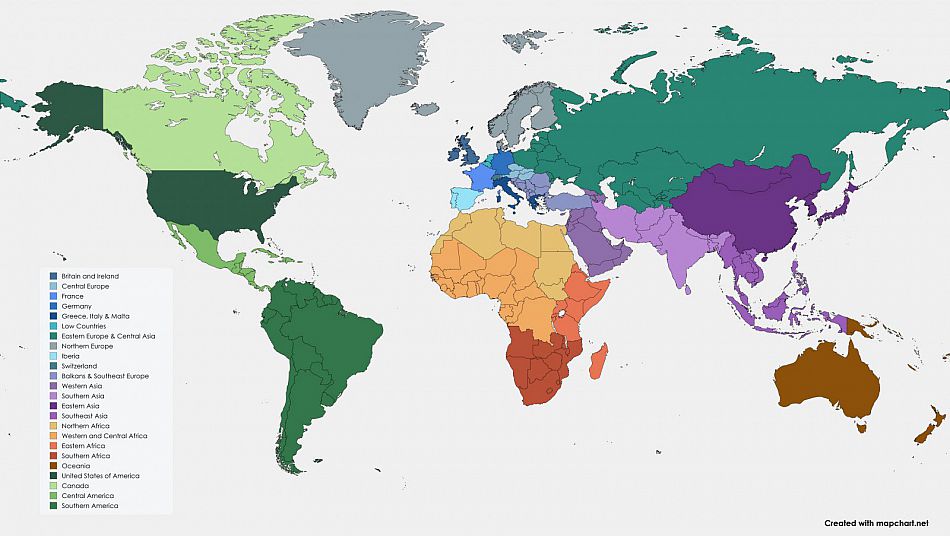Find a book in the Library
Follow the three steps below to find a book on the Library shelves
1. Find the shelfmark
The shelfmark is the combination of letters and numbers you find next to each item on Library Search.
On Library Search, you will find the shelfmark listed next to 'Available in Library' e.g. PS 3505.H3224 B54 1973
Each line of the shelfmark narrows down your search to the correct item and the first set of letters indicates the area of the building and shelf location.
The Library collections are arranged in alphabetical order by shelfmark, starting from the top floor. The large touchscreen kiosks on each floor can show you where books are located by shelfmark. Catalogue entries also have a 'Locate' function which shows where the book is on the floorplans. Alternatively search by the first two letters of the shelfmark using the floorplans.
If you cannot locate a book, please ask at the Library Service Desk on the ground floor.
2. Check the range guides on the shelving stacks
When you have found the correct area, check the range guides at the end of the rows. Shelfmarks run sequentially along the shelves. The numbers on the range guides should be read as whole numbers.
If you're looking for PS 3505.H3224 B54 1973 for example, it would be in the stack on the right in this image as it falls within the range PS 3503 to PS 3511.
3. Check for additional letters
Read the next part of your shelfmark to narrow down further. After the first two lines, each line of the shelfmark may contain letters, an alphanumeric combination, a decimal number, or a year. The third part of our shelfmark PS 3505.H3224 B54 1973 has an alphanumeric combination.
Read the letter alphabetically and the number as a decimal, so:
.H3224 = H + .3224
The fourth part is also an alphanumeric, so read it similarly to the previous line. This will allow you to locate your book among others on the same shelf.
Remember:
- Letters run alphabetically, numbers run numerically.
- Anything after a decimal point should be read as a decimal not a whole number.
- Shelfmarks with three lines come before those with four.
- The general comes before the specific, e.g. books about General Philosophy are before books on Greek Philosophy, which are before books on Aristotle.
Please Note:
The range guides display both the subject area and its corresponding 2-3 letter extension. Every effort has been made to ensure that the terminology used on the range guides is accurate, inclusive, and respectful.
We have consulted with the Brighton council traveller liaison team on appropriate terminology surrounding this community and have taken their advice in consultation with other available resources.
Due to the extensive number of countries and the breadth of our collection, it is not feasible to represent each country individually on a range guide. Therefore, we have followed the Library of Congress Classification Scheme alongside the United Nations Statistical Divisions: Geographic Regions to create groupings.
As noted on the United Nations Statistical Divisions website: “The assignment of countries or areas to specific groupings is for statistical convenience and does not imply any assumption regarding political or other affiliation of countries or territories.”
Please see the map below to find the Country you are looking for and the corresponding shelf-mark classification.
